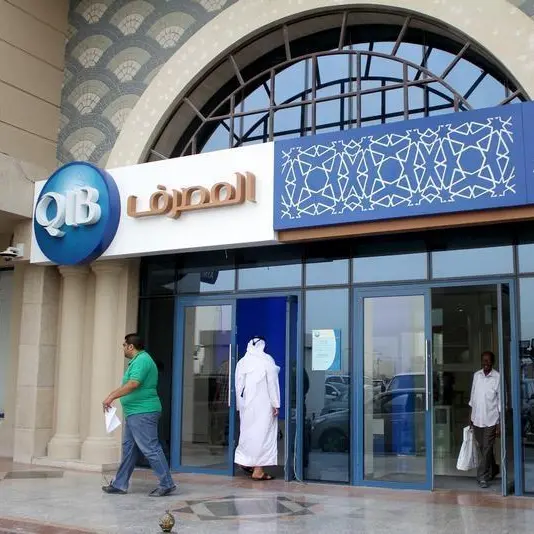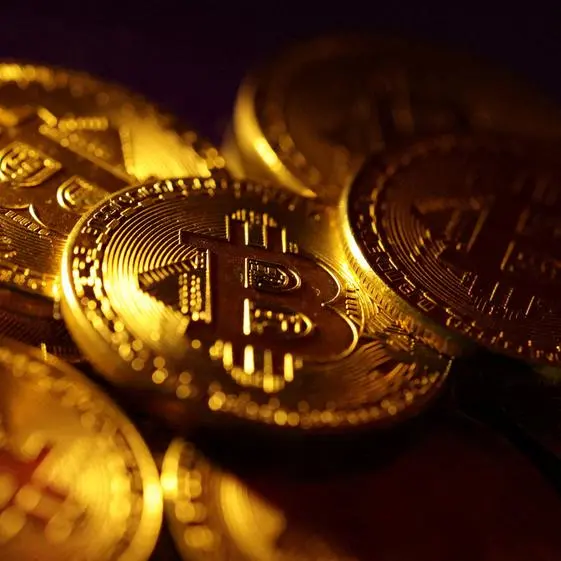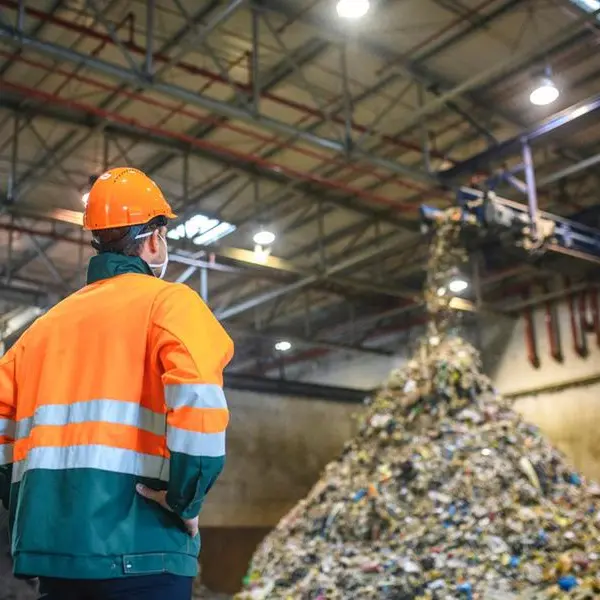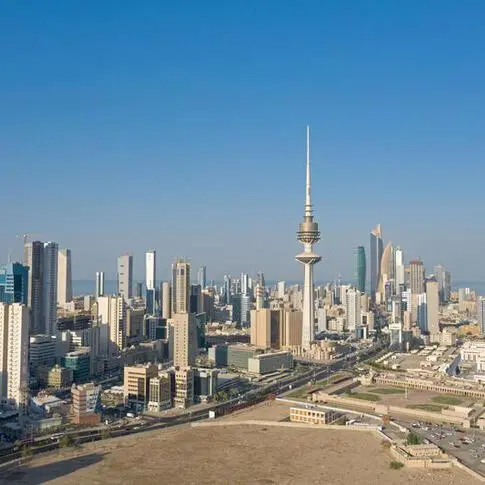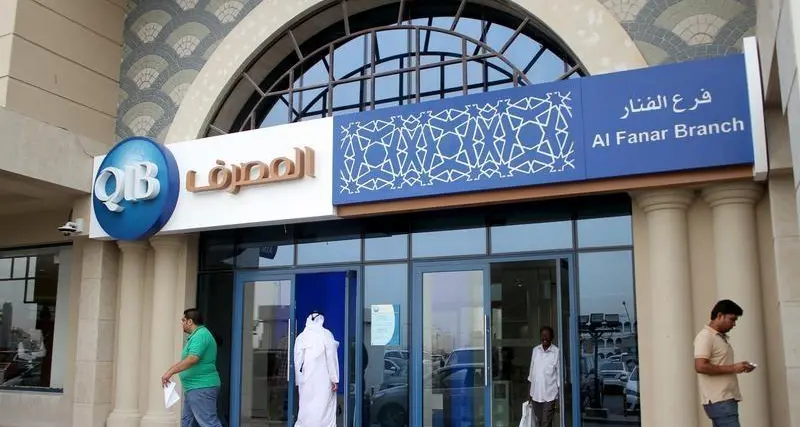PHOTO
Green finance is one of the fast-growing areas of the financial world and is of critical importance if efforts to combat climate change and the myriad of other financial challenges the world faces are to be properly supported by governments and corporations. Yet there is such confusion around what ‘green’ signifies in ‘green finance’ that growth in this area may be jeopardised and the feared ‘green bubble’ might materialize, threatening both environmental goals and the once again the international financial system.
The green market today is unquestionably big. The Global Sustainable Investment Alliance estimates there are US$ 30.7 trillion or more of funds held in sustainable or green investments, up 34 percent from 2016. These investments account for a third of tracked assets under management, and in some areas such as Canada and Australia/New Zealand are more than half.[i] But there remains much to do if the world’s environmental needs are to be met and growth in green finance is slowing. The rate of expansion of the green bonds market, for example, slowed dramatically in 2018. Growth of 6 percent might sound healthy but this was down from double-digit growth in previous years. Green bonds remain a niche market, accounting for just 2 percent of the global fixed income market.[ii]
A frequently mentioned barrier to growth is a lack of agreed definitions of what constitutes green finance. Where the intended impact of a green investment is to combat climate change there can be a wide difference of opinion in what constitutes ‘green’. One notable example is the debate surrounding fracking for shale gas in the UK. Advocates of fracking, including the British government, stressed that shale gas has the lowest carbon emissions of all fossil fuels and its use would therefore help to reducing greenhouse gas emissions.[iii] Fracking’s opponents, however, said shale is still carbon-emitting and should be discounted in favour of a future energy policy tied to carbon-free renewables.
It is perhaps a small distinction of philosophy, or of temperament, whether reducing rather than eliminating environmental harm makes something green, but this distinction is clouding the whole issue of green finance.
A more stark reminder of how contentious this difference can be was provided in October in China, where chemicals firm Jiangsu Eastern Shenghong raised a $140 million ‘green’ bond to fund the development of a petrochemicals refinery. The idea of a ‘green’ petrochemicals refinery is to many an obvious contradiction, but China’s rules on green financing allow such funds to pay for clean technology or to improve efficiency and thereby reduce relative amounts of pollution.[iv] Spanish oil firm Repsol issued a $500 million ‘green’ bond in 2017 for much the same reasons. Both bonds have come under heavy criticism for being touted as ‘green’.
Examples such as these where there is a significant difference in opinion in what constitutes ‘green’ can lead to a degree of cynicism around green financing that holds back further growth. The confusion also makes it easier for firms to indulge in ‘greenwashing’, where they make misleading claims on their green credentials.
A solution needs to be found where instead of simply using the blanket term ‘green’, a more graded taxonomy, or classification system, could be devised which distinguishes between different levels of ‘greenness’. There have been a number of attempts to sort this out. The EU is working on just such a method to be applied across the Union. The EU High-Level Expert Group on Sustainable Finance (HLEG) in June this year published a technical report on green and sustainable taxonomy “to help investors and companies make informed investment decisions on environmentally friendly economic activities”, and was seeking additional feedback on its criteria. The system for now, however, appears unduly complex and for this reason may not be so widely adopted.[v]
Elsewhere, S&P offers its Global Ratings Green Evaluation, which provides an independent assessment of a project’s environmental impact or resilience.[vi] Third-party verification of green credentials from bodies such as ratings agencies and accounting firms is becoming increasingly popular. But this is not an ideal solution. As assessment fees are paid by the issuer of a bond, for example, there is a clear conflict of interest that is uncomfortably reminiscent of the behaviour of ratings agencies in the run-up to the global financial crisis.
Even when the third-party verifier is a climate research institute there can still be problems around the defining characteristics of a green project. In 2018, when Indonesia raised $1.25 billion from its first green Islamic bond, or sukuk, to finance “eligible green projects”, independent Norwegian climate research institute Cicero was criticised for passing the issue as ‘green’ despite it saying there was “a possibility that some eligible green projects include an element of deforestation.”[vii] The criticism failed to note, however, that Cicero had devised its own system of green categories and assessed the Indonesian government’s issue as ‘medium green’, which it allocates to “projects and solutions that represent steps towards the long-term vision, but are not quite there yet”.[viii]
Cicero’s approach is worth noting. Its ‘medium green’ rating includes projects such as plug-in hybrid buses, while its ‘dark green’ rating, for projects that “correspond to the long-term vision of a low-carbon and climate-resilient future” covers the likes of wind energy projects with a governance structure that integrates environmental concerns. Its other categories are ‘light green’ for projects that “are environmentally friendly but do not by themselves represent or contribute to the long-term vision” such as efficiencies in fossil fuel infrastructure – such as the examples noted above in China and Spain – and ‘brown’ for projects that are in outright opposition to the long-term goals such as new infrastructure for coal.
But while there is no globally agreed definition or system, companies that Cicero would rate as light or medium green are being accused of greenwashing and the state of confusion leaves plenty of opportunity for the unscrupulous to jump on the green bandwagon without making any genuine contribution. If this doesn’t work, if this state of affairs persists, there is a danger that the market will be seen as overhyped and over-inflated, potentially leading to a ‘green bubble’ with worrying ramifications for both financial markets as a whole and for the future of the corporate contribution to combatting climate change and other environmental challenges.
Cicero’s solution offers an easy-to-understand rating breakdown that arranges a wide array of possible definitions within just four ratings, to be provided by the assessor. This is similar to the debt ratings provided by ratings agencies such as S&P, which range by letter from A to C, with various, easily comprehended gradations in between.
Whether Cicero’s system is adopted more widely or not, it will be necessary for a similarly simple system to be developed that can take into account the different types and aims of different green financing options that could provide a common language for assessors to grade green projects around the world.
This topic was discussed at the World Green Economy Summit (WGES) on October 20-21 at Dubai International Convention and Exhibition Centre. To learn more about the World Green Economy Summit, please visit the following link http://www.wges.ae/
[i] https://www.bloomberg.com/graphics/2019-green-finance/
[ii] https://www.ft.com/content/d9fe268a-39d9-11e9-9988-28303f70fcff
[iii] https://assets.publishing.service.gov.uk/government/uploads/system/uploads/attachment_data/file/750895/Factsheet_2_-_Shale_Gas_and_Climate_Change.pdf
[iv] https://www.euromoney.com/article/b1hv403c9hcskg/green-finance-chinastyle
[v] https://www.unepfi.org/news/industries/investment/teg-reports/
[vi] https://www.spglobal.com/ratings/en/products-benefits/products/green-evaluations
[vii] https://www.environmental-finance.com/content/awards/green-social-and-sustainability-bond-awards-2019/winners/green-bond-of-the-year-sovereign-indonesia.html
[viii] https://www.cicero.oslo.no/en/posts/single/cicero-shades-of-green
© Special Contributions 2019

